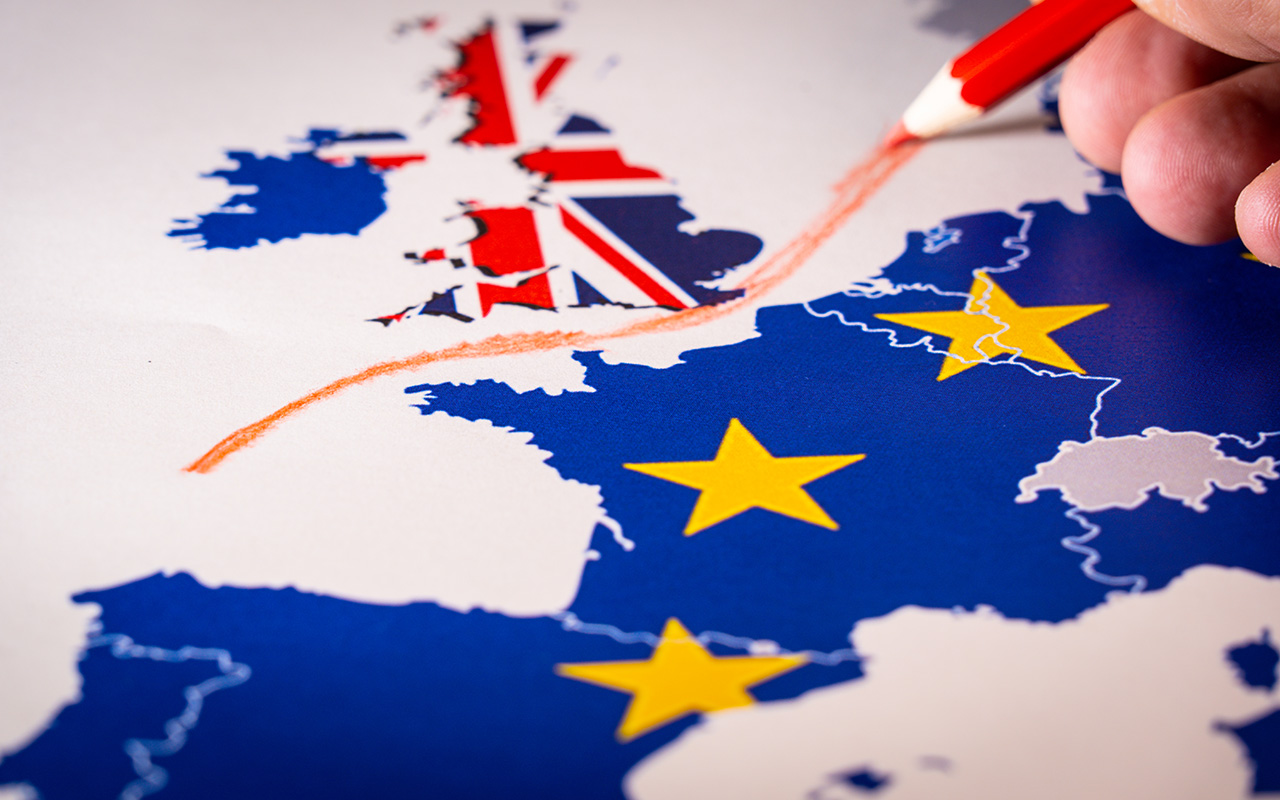Since the UK left the EU in 2020, its goods exports to the EU have not performed any worse than to the rest of the world, and its services exports have grown strongly. How come?
Headline UK trade numbers have been surprisingly robust after Brexit. Goods exports to the EU have tracked those to the rest of the world, despite new trade barriers being imposed on the former but not on the latter. And services exports to both the EU and the rest of the world have been growing at a decent clip since the UK left the single market.
On the other hand, a ‘doppelgänger’-type analysis of UK goods trade shows a significant shortfall against a statistically-derived economy that closely tracked UK goods trade to January 2021, when the country left the single market and customs union. According to this measure, widely used in social science to quantify the effects of policy changes, UK goods exports are 13 per cent lower as a result of Brexit.
The doppelgänger analysis suggests that UK goods exports have been curtailed by leaving the EU. But one would expect the damage to be showing up most strongly in UK exports to the EU, which has imposed the full panoply of checks on British goods entering the Union (Britain is yet to do the same to EU goods entering its territory). The fact that UK goods exports to the EU have performed on par with exports to the rest of the world therefore requires explanation.
The other paradox concerns services exports. Modelling conducted before Brexit estimated that UK services exports would fall by 14 per cent if Britain left the EU. But services exports have, at first sight, fared well since the UK left, growing faster than the G7 average since 2021. It is worth remembering that the consensus estimates of the overall impact of Brexit on GDP – a long-run reduction of 4-5 per cent compared to a Britain that remained in the EU – are predicated on a 10-15 per cent hit to trade in both goods and services. But we are not seeing a big enough hit to trade, at least in the headline figures, to justify those estimated GDP losses. What is going on?
Read the full insight at the original link.
About the author
John Springford is an associate fellow at the Centre for European Reform.


